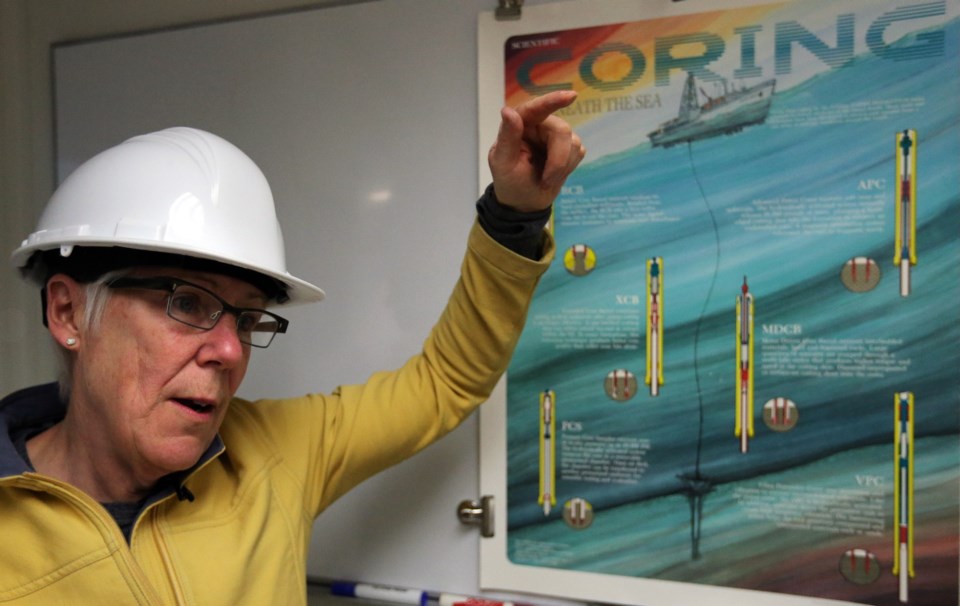Ocean Networks Canada plans to add land sensors to its systems that could serve as an early-warning system for earthquakes affecting Vancouver Island.
The group has partnered with the University of British Columbia, which developed a land sensor that provides a warning 60 to 90 seconds before the land-shaking energy of an earthquake arrives.
“Engagement has started with coastal communities on Vancouver Island to place the land sensors, while water-based sensors will be placed near Campbell River … in Port Alberni and out into the Pacific Ocean,” says Kate Moran, president and CEO of Ocean Networks Canada.
The land sensors are cup-sized and placed in a solid, stable location with power and Internet connectivity. Offshore sensors, exposed to high pressure and salt water, are bigger and stored in circular titanium tubes with large and expensive underwater connectors on the ocean floor.
Ocean Networks Canada, operates NEPTUNE, which is an 840-kilometre telecommunications cable that hosts hundreds of sensors off the west coast of Vancouver Island. It is also in charge of VENUS ocean observatories in the Strait of Georgia and Saanich Inlet, which provide data over the Internet.
The organization plans to further develop more than 100 small-scale underwater sensors, radar and an automatic identification system that will complement observatories already in place.
Smaller versions of the VENUS observatories are planned offshore in areas that include Prince Rupert, Kitimat, the Douglas Channel near Port Metro Vancouver and Campbell River, Moran said.
Ocean Networks Canada is talking to the education ministry about the testing of the land-based seismic sensors in or near public schools.
Those talks are preliminary and there are no agreements as yet, said ONC associate director for digital infrastructure Benoit Pirenne. There is the thought it could piggyback the installation of its seismic sensors on an established education program network like that led by Green party MLA Andrew Weaver.
Weaver is the lead for the Vancouver Island school-based weather station project in which a series of small instruments installed on the schools’ rooftops provide real-time measurements, including temperature, wind speed, precipitation and atmospheric pressure.
Ocean Networks Canada is working with a seismologist to develop the algorithms to analyze the early earthquake signal in the water and calculate how much time before there is before major ground-shaking would hit Victoria or elsewhere in B.C. The only existing early-warning system of major ground-shaking in B.C. is in the George Massey Tunnel in Metro Vancouver.
Japan had publicly funded early-warning sensors in place for some public systems, which greatly lessened damage during an earthquake in 2011.
“The reason that they didn’t have very much earthquake damage was because they were able to close down valves, slow down trains. There’s a lot that can be done in mere seconds … stopping surgery, shutting off gas valves and shutting down computer systems,” Moran said.
A fibre-optic cable can deliver the information to emergency management within seconds, allowing at least another 60 to 90 seconds to “do many things,” Moran said.
“We would push this information to the important players like emergency management, but there may also be some industries that want to pull the information to, for example, automatically have valves that shut off, automatically have computers that shut down,” Moran said.
“And that’s just one part of Smart Oceans B.C.,” Moran said. “It’s earthquake [warnings], we have tsunami early warning, we have sea-state notification for ships.”



